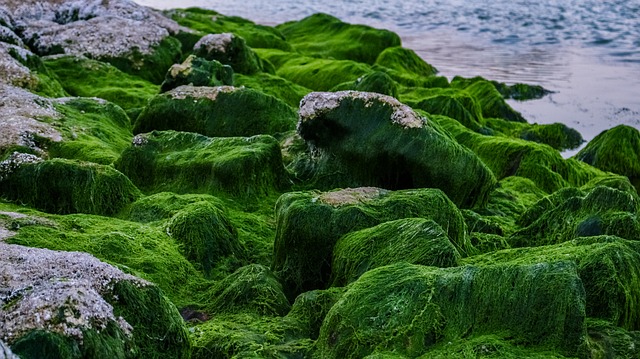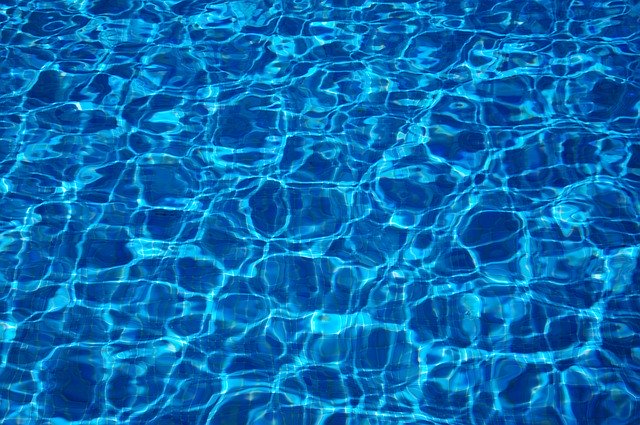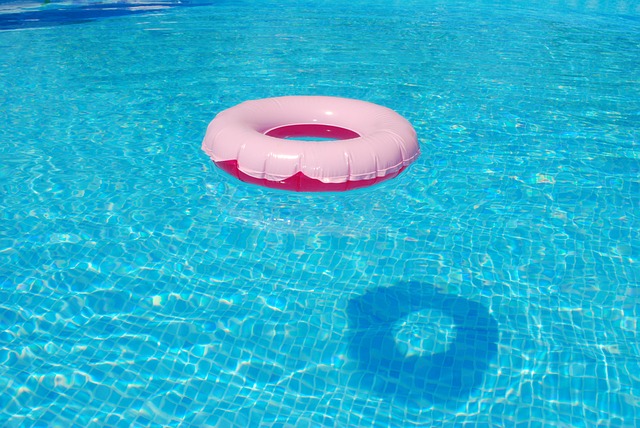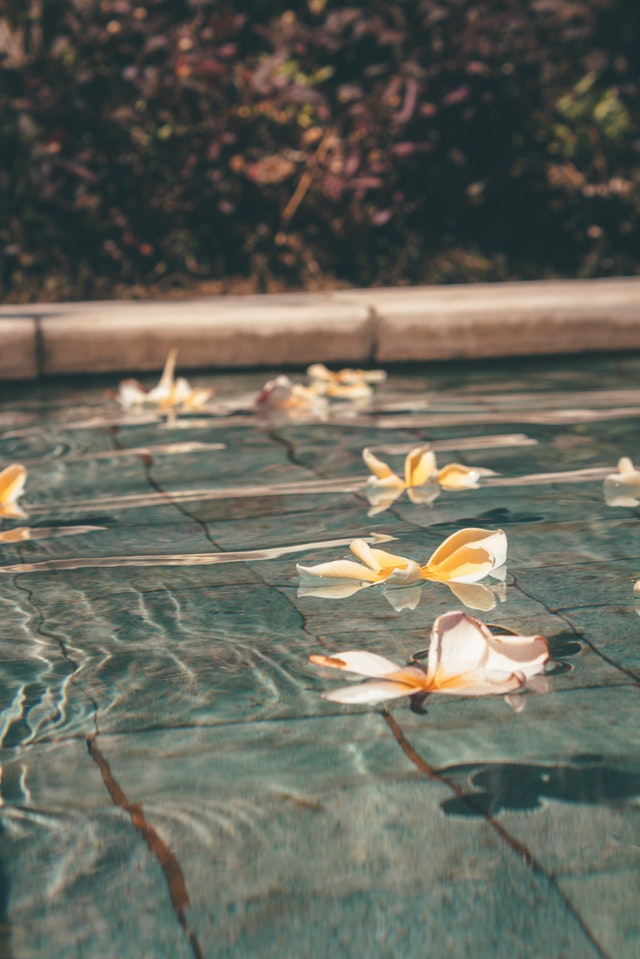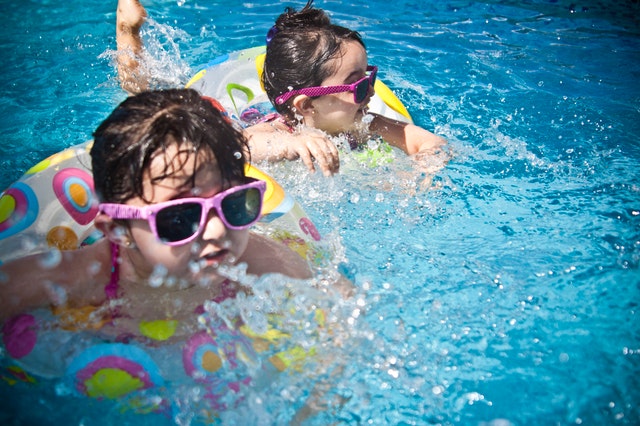Algae spores constantly enter the pool from various sources. It could be the wind, pool cleaning tools or even contaminated swimsuits. But what causes algae in pool? When the conditions are favorable for algae growth, an algae bloom can occur in just a few hours. These conditions include the presence of carbon dioxide, phosphates and/or nitrates, sunlight, warm temperatures and out of balance water.
What Causes Algae in Pool
In this post, we’ll discuss the various causes of algae in swimming pools. We’ll cover everything from a lack of good sanitation, filtration and circulation to other factors that contribute to algae growth.
Professional pool servicers say algae are aquatic creatures that multiply rapidly on warm, sunny days. They contain chlorophyll and grow by photosynthesis. They can grow in the sun or shade but most strains of pool algae need some light to thrive.

Like all living organisms, algae need food to survive, and swimming pools typically have a shortage of tasty food for algae. Nearly every windblown speck of dust or contaminant can feed algae. Pools with high levels of dissolved solids or debris provide plenty of nutritious food for algae. Algae will even survive on the dead cellular remains of previous algae blooms.
Algae are always present in swimming pools, even blue and clear pools, albeit at microscopic sizes. Algae will wait patiently for the opportunity to bloom – where the filter or pump is not working correctly, the pool pH level rises or the chlorine level dips.
Types of Algae
Whatever swimming pool depth you have, algae can form within. There are well over 21000 varieties of algae that are often classified by their color.

- Green algae – This is the most common variety
- Yellow Algae – also referred to as mustard algae. This variety is often found on the pool’s shady side, clinging to the walls.
- Black Algae – This variety can be extremely difficult to eradicate due to its protective layers over its top and strong roots.
- Pink Algae – this variety is a form of bacteria and not really algae at all. It appears as streaks and spots in corners and crevices.
What Problems Can Algae Cause
There are many problems you can have with an inground pool, but you do not want algae to be one of them. The first major problem with algae is that it will discourage people from getting into the pool. You also need to invest time and money to rid your pool completely of algae. Once you have to deal with an algae bloom, future blooms are more likely to occur. As such, you need to take preventative measures to prevent a bloom from occurring and constantly control algae.
While Algae is not necessarily harmful to swimmers, it may be a safe harbor for pathogens such as bacteria. It can also cloud pool water, reducing the depth perception of a diver and making rescue attempts difficult.
Bottom Line
Algae are like weeds in your garden. They’re unwanted, unsightly and they create more work for you by compromising the integrity of your pool. Now that you know what causes algae in pool, you’re better equipped to deal with an algae problem. Overall, make sure you clean your pool regularly to prevent algae from forming.
